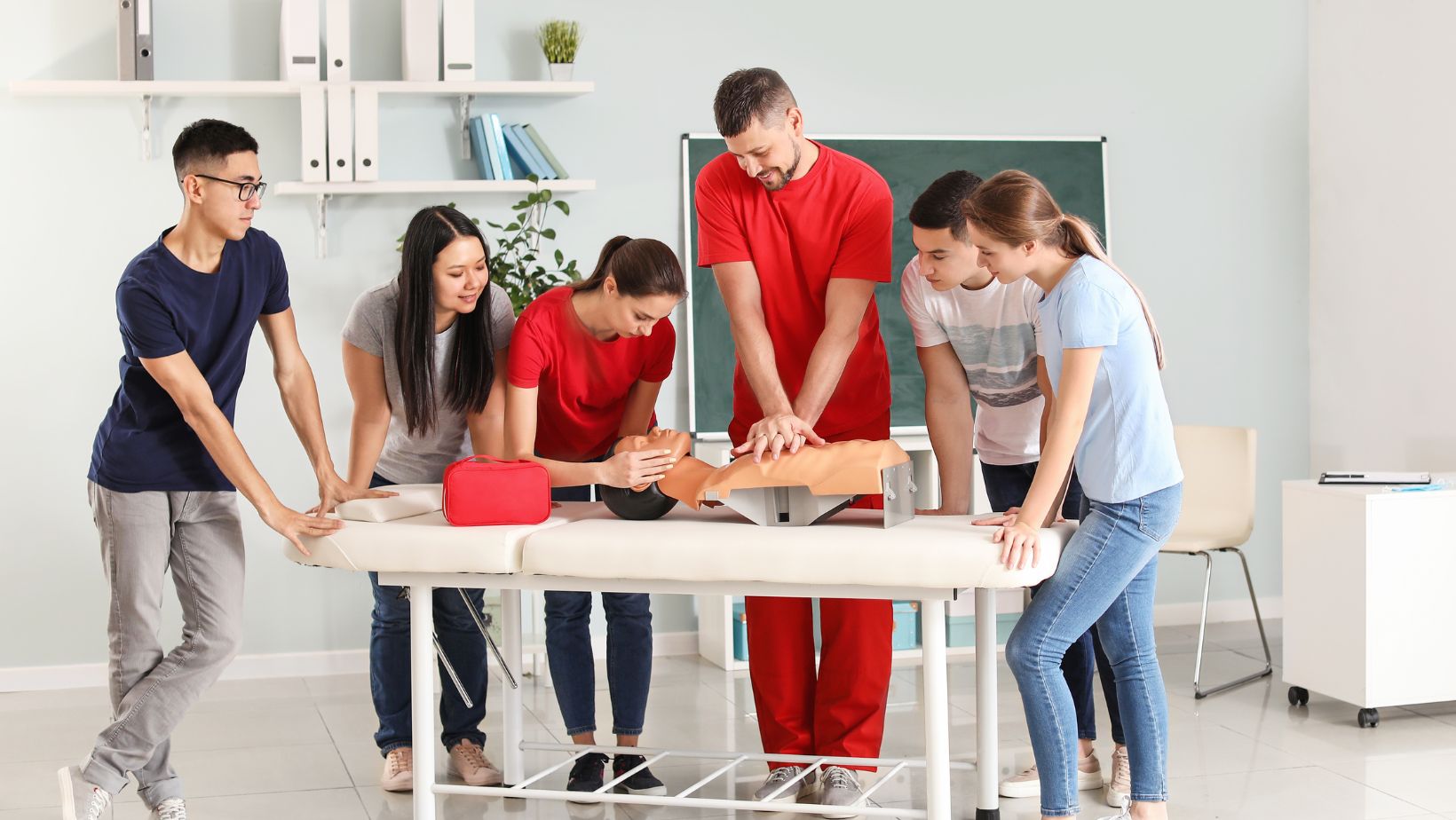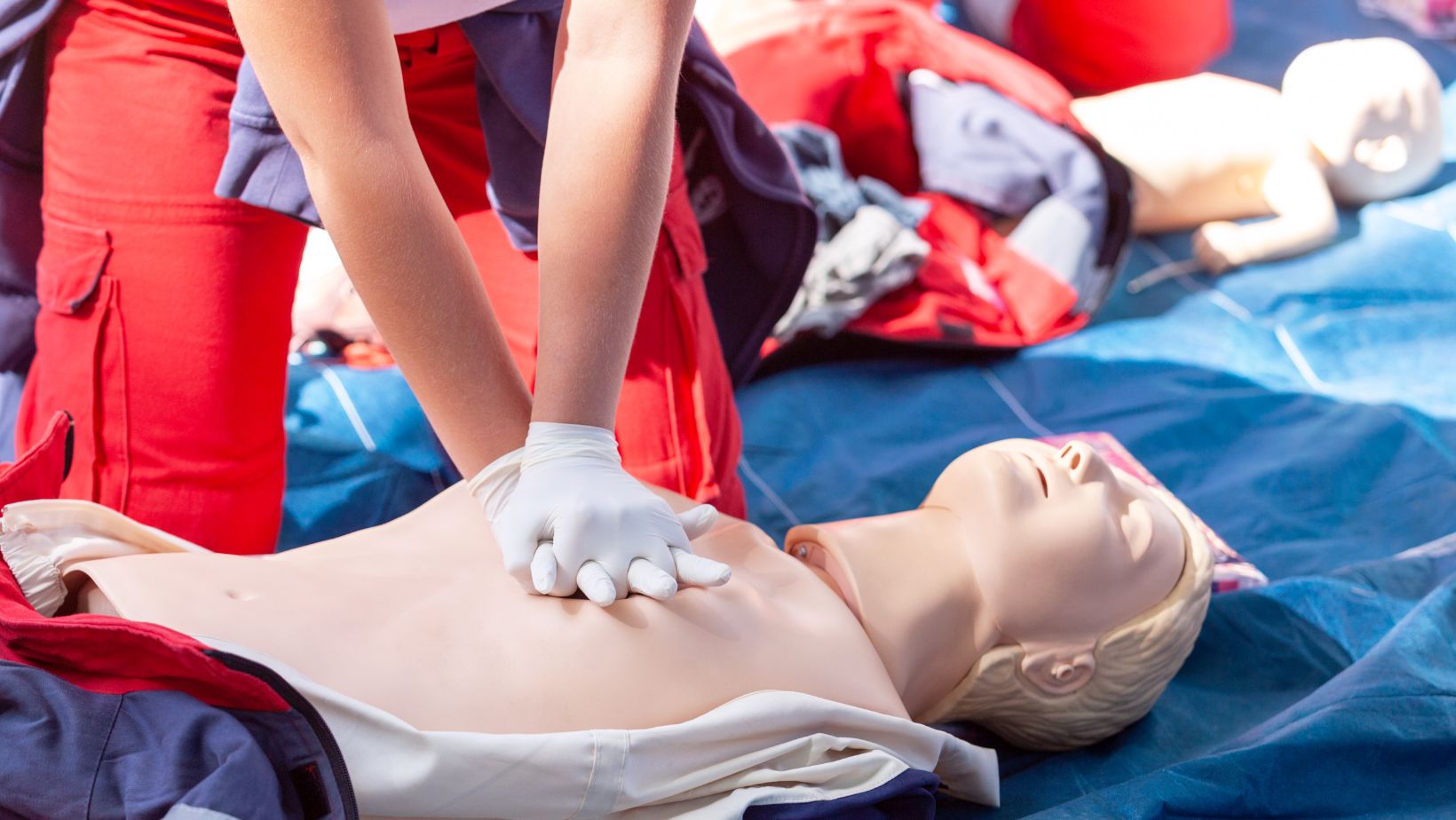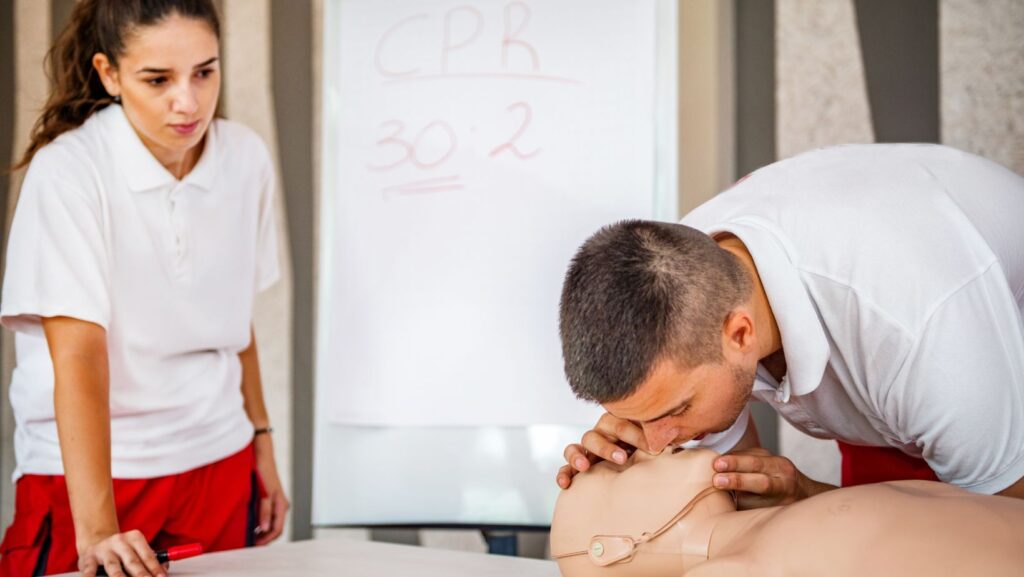Imagine walking through a park with your friends when suddenly someone collapses. What do you do? Knowing CPR can be the difference between life and death in many unexpected situations. Each year, many lives are saved when bystanders step up to provide CPR (cardiopulmonary resuscitation).
Recognizing real life scenarios that require these skills can not only empower you but also prepare you to act swiftly when needed. Let’s explore four critical situations where CPR can save lives.
1. Sudden Cardiac Arrest
Sudden cardiac arrest (SCA) happens when someone’s heart stops beating unexpectedly. This can occur to anyone, regardless of age, sometimes even to young athletes.
Without immediate CPR, a person suffering from SCA can become brain-dead within just a few minutes due to a lack of blood flow and oxygen. During these crucial moments, effective chest compressions can help maintain blood flow to vital organs until medical help arrives.
2. Drowning Incidents
Drowning incidents can happen very quickly, whether in a pool, lake, or even the ocean. It’s possible for someone to struggle in water and require assistance before they go under.
If you notice a child or an adult in distress, they may need immediate rescue measures followed by CPR to restore normal breathing. Even if a drowning victim is rescued, they may still require CPR due to respiratory arrest.
3. Loss of Consciousness
People can lose consciousness for various reasons, such as fainting due to dehydration or a medical condition. If someone falls and doesn’t respond when you shake them or shout, it’s time to act. Check their breathing; if they aren’t breathing or breathing abnormally, you’ll need to start CPR to maintain blood circulation.

Often, a quick assessment can help determine the need for CPR. If you encounter someone who has lost consciousness whether from heat, stress, or another cause don’t hesitate to act. Calling emergency services immediately is vital while simultaneously performing CPR until help arrives.
4. Choking Nonresponsive Individuals
Choking can lead to loss of consciousness if not addressed quickly. If someone is unable to speak or breathe due to a lodged object, they need your immediate help. You should perform back blows and abdominal thrusts to try to dislodge the object first.
During CPR, you must check for the object in the airway every time you perform rescue breaths. This approach combines the efforts of clearing the airway and restoring blood flow.
Why Being Trained in CPR Matters
Awareness is important when it comes to emergencies. By understanding real life scenarios where CPR is needed, you can be prepared. Anyone can experience sudden cardiac arrest or drowning incidents. Knowing effective techniques such as chest compressions can empower you to save a friend, family member, or even a complete stranger.
Courses are available to teach you the correct procedures for CPR, ensuring you practice firsthand and gain confidence. You can find valuable information and training resources online, which can be a vital first step toward becoming someone who can save lives.
If you haven’t already, consider to visit https://cprcertificationnow.com to get started on CPR training that can help you become prepared for an emergency.
Your Role in Saving Lives
Having CPR knowledge can transform you into a hero in real life scenarios.

Each of the scenarios we’ve discussed sudden cardiac arrest, drowning incidents, loss of consciousness, and choking represent potential emergencies where you could make a real difference. Remember, your knowledge could one day save a life.
For more helpful tips, check out the rest of our site today.
